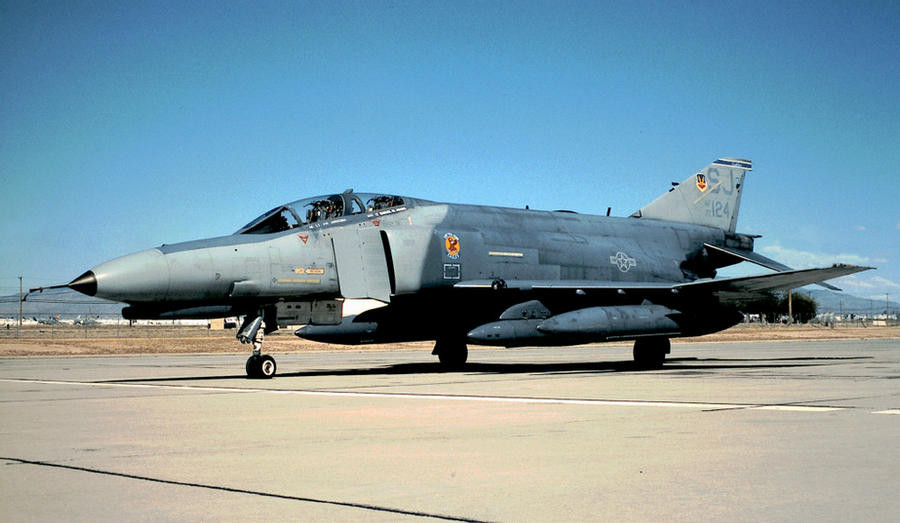
The McDonnell Douglas F-4 Phantom II is a tandem two-seat, twin-engine, all-weather, long-range supersonic jet interceptor and fighter-bomber originally developed for the United States Navy by McDonnell Aircraft. It first entered service in 1961 with the Navy. Proving highly adaptable, it was also adopted by the United States Marine Corps and the United States Air Force, and by the mid-1960s had become a major part of their air arms.
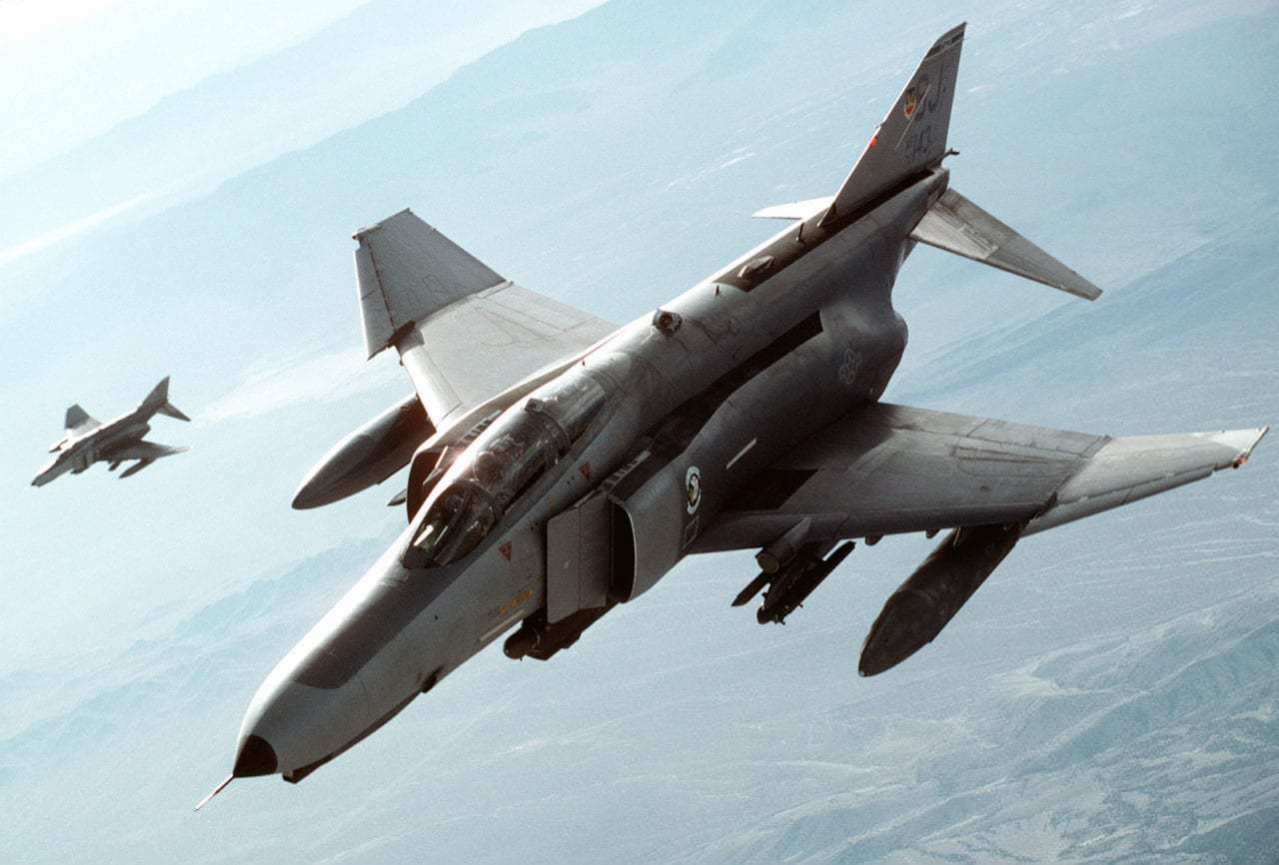
The F-4 was used extensively during the Vietnam War. It served as the principal air superiority fighter for the U.S. Air Force, Navy, and Marine Corps and became important in the ground-attack and aerial reconnaissance roles late in the war. During the Vietnam War, one U.S. Air Force pilot, two weapon systems officers (WSOs), one U.S. Navy pilot and one radar intercept officer (RIO) became aces by achieving five aerial kills against enemy fighter aircraft. The F-4 continued to form a major part of U.S. military air power throughout the 1970s and 1980s, being gradually replaced by more modern aircraft such as the F-15 Eagle and F-16 Fighting Falcon in the U.S. Air Force, the F-14 Tomcat in the U.S. Navy, and the F/A-18 Hornet in the U.S. Navy and U.S. Marine Corps.
Controls:
AG1: Jettison wing external fuel tanks
AG2: Jettison middle external fuel tank
AG6: Fold wings for carrier storage
AG7: Extend tailhook
Trim: Adjust flaps
Other Liveries:
Specifications
General Characteristics
- Created On Windows
- Wingspan 26.3ft (8.0m)
- Length 41.8ft (12.7m)
- Height 11.5ft (3.5m)
- Empty Weight N/A
- Loaded Weight 19,370lbs (8,786kg)
Performance
- Power/Weight Ratio 3.48
- Wing Loading 46.2lbs/ft2 (225.4kg/m2)
- Wing Area 419.5ft2 (39.0m2)
- Drag Points 1906
Parts
- Number of Parts 352
- Control Surfaces 5
- Performance Cost 1,252


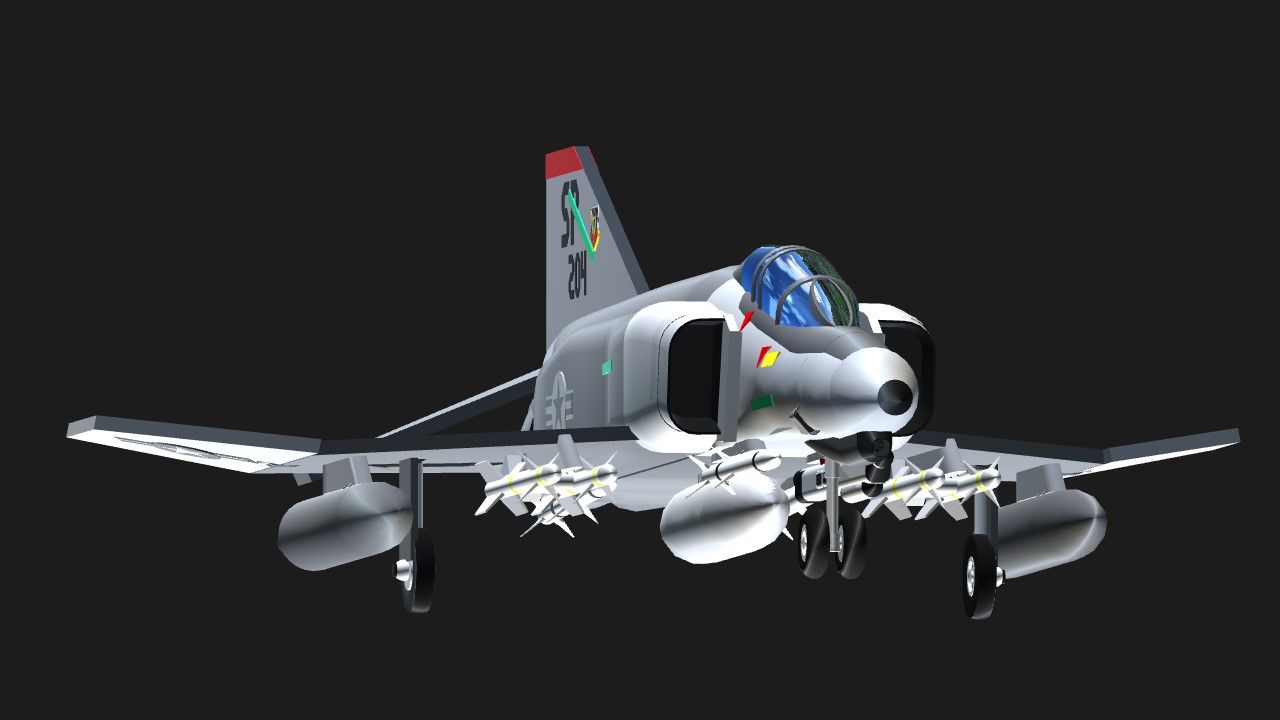
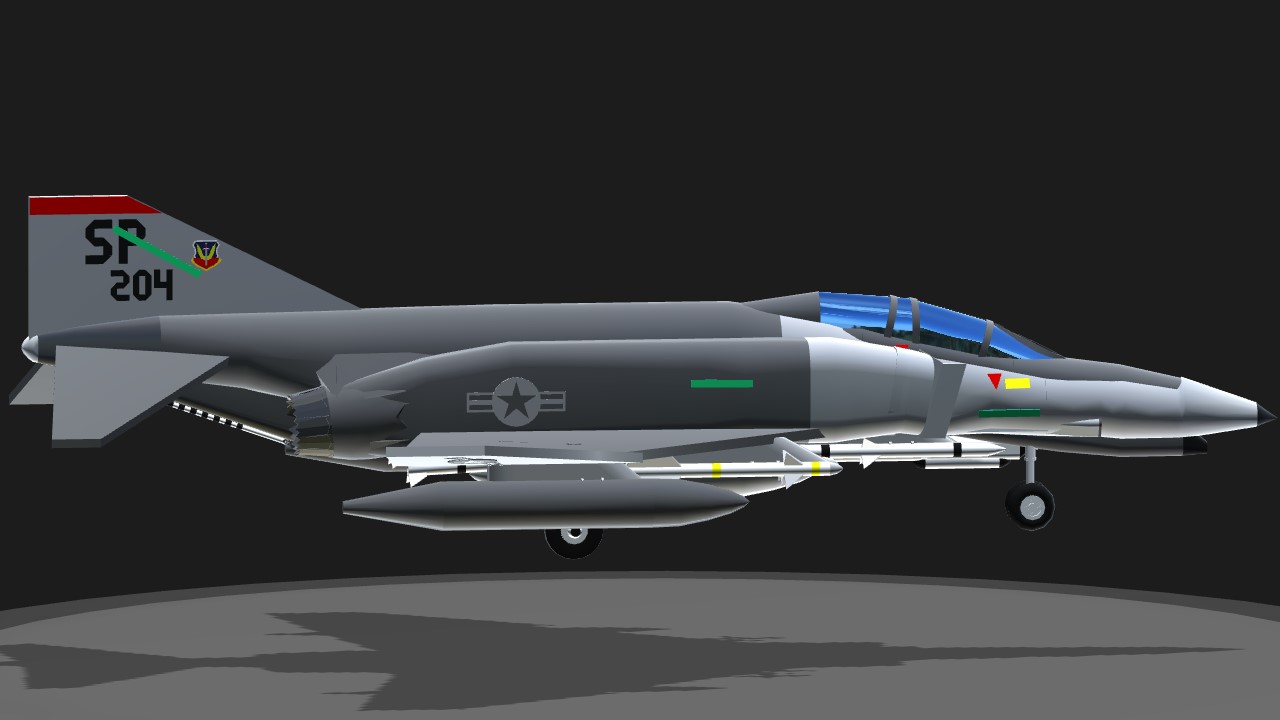
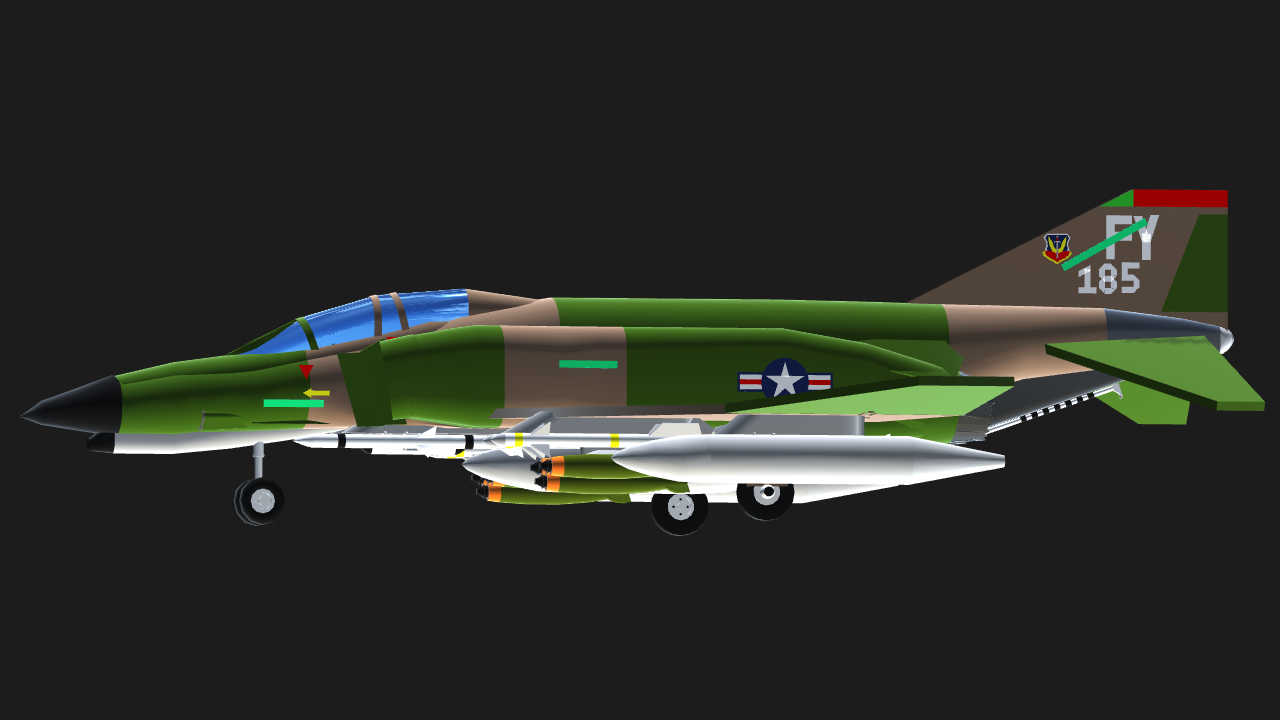
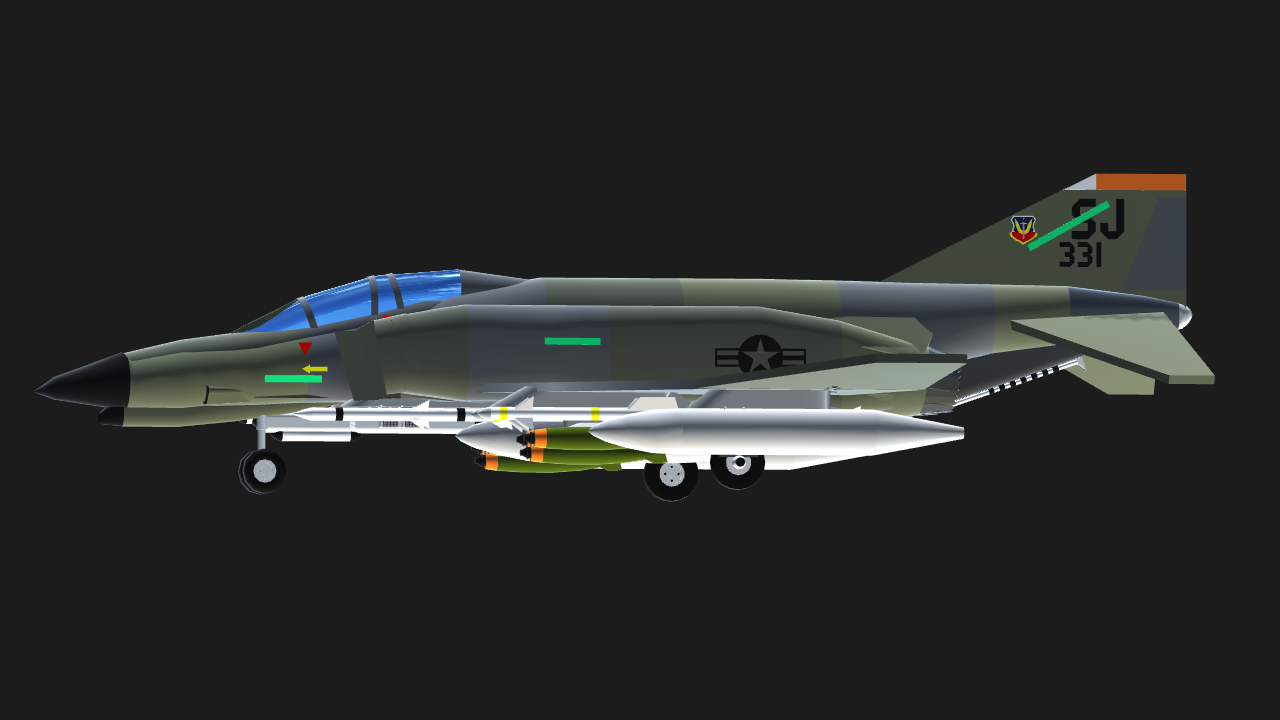
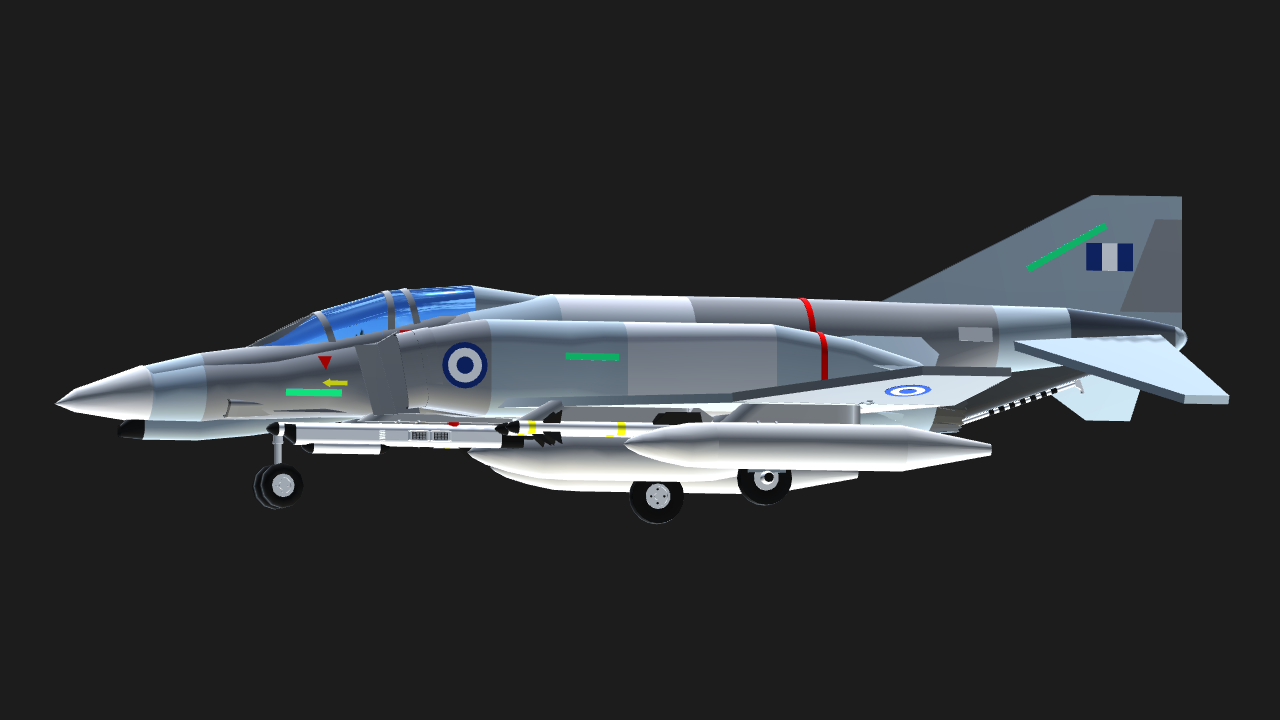
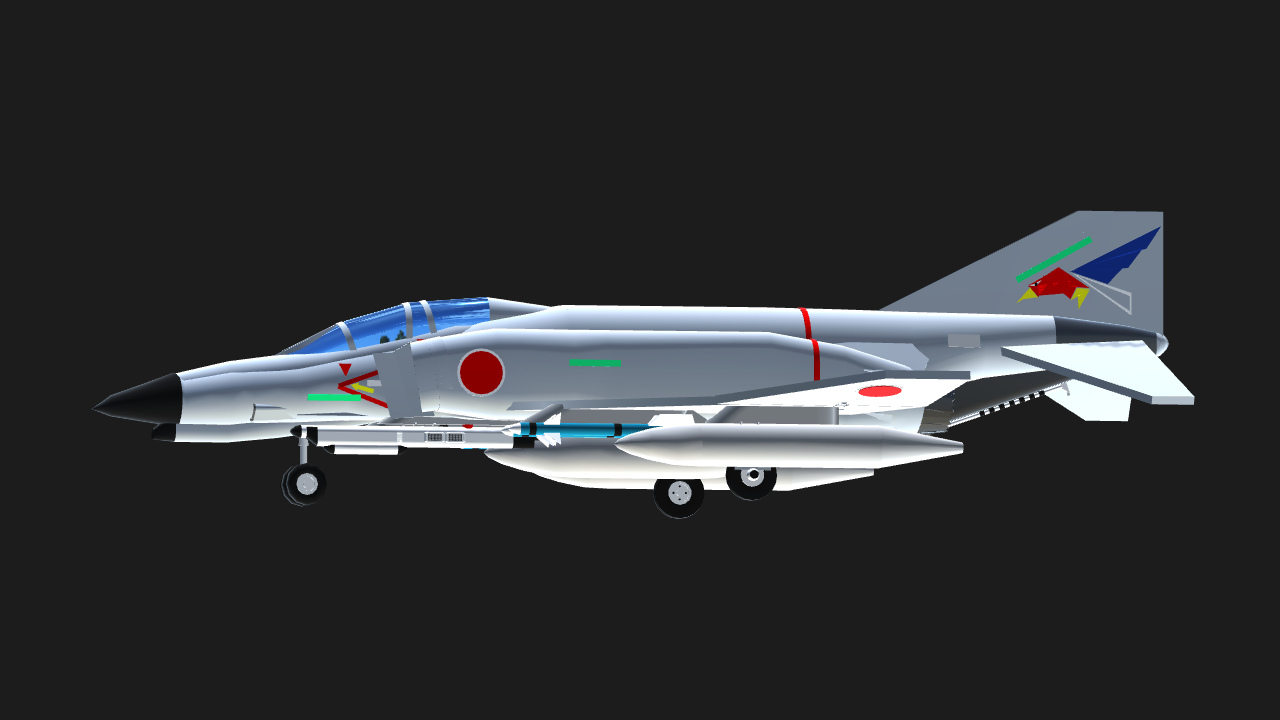
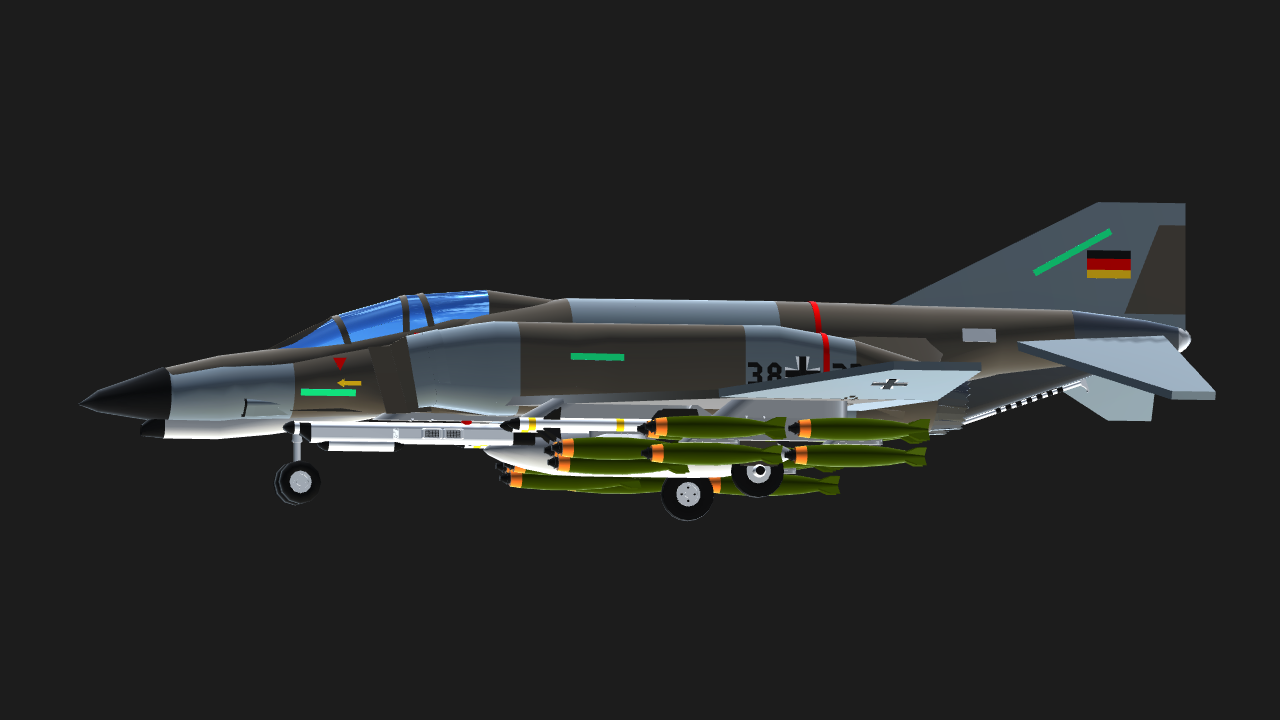
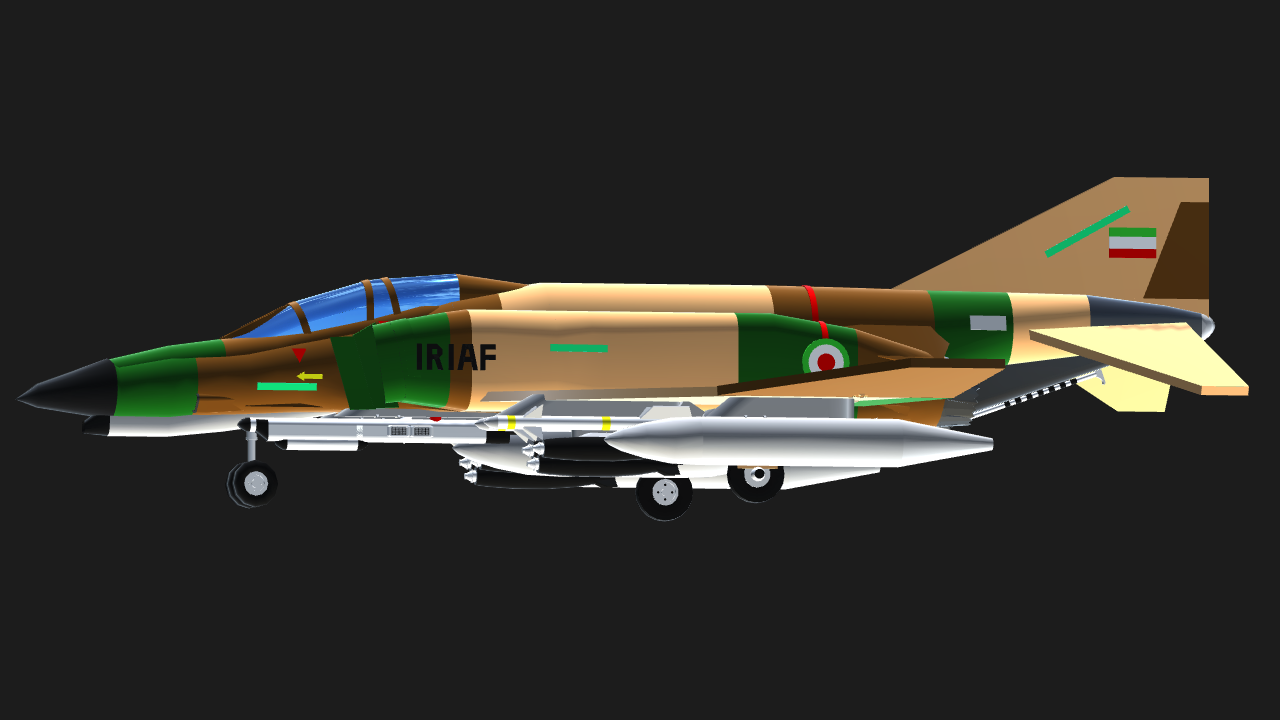

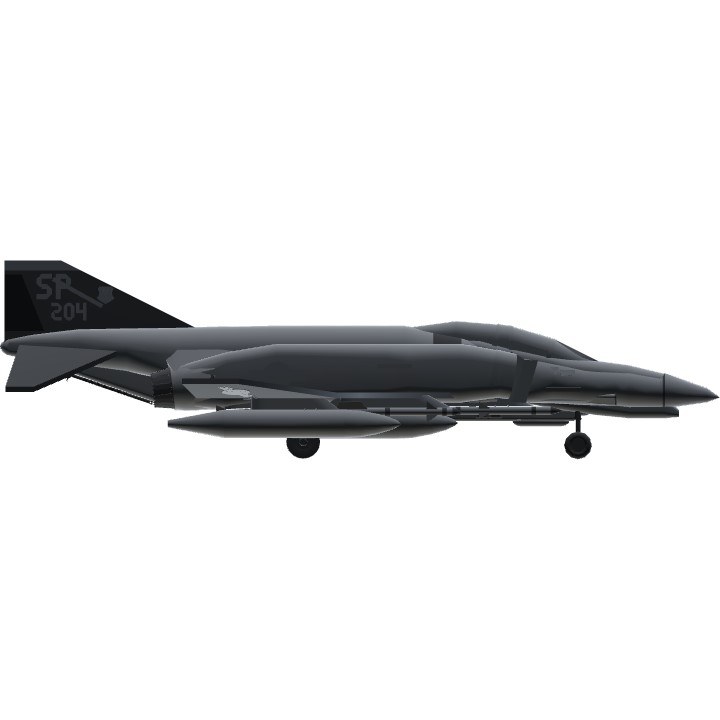
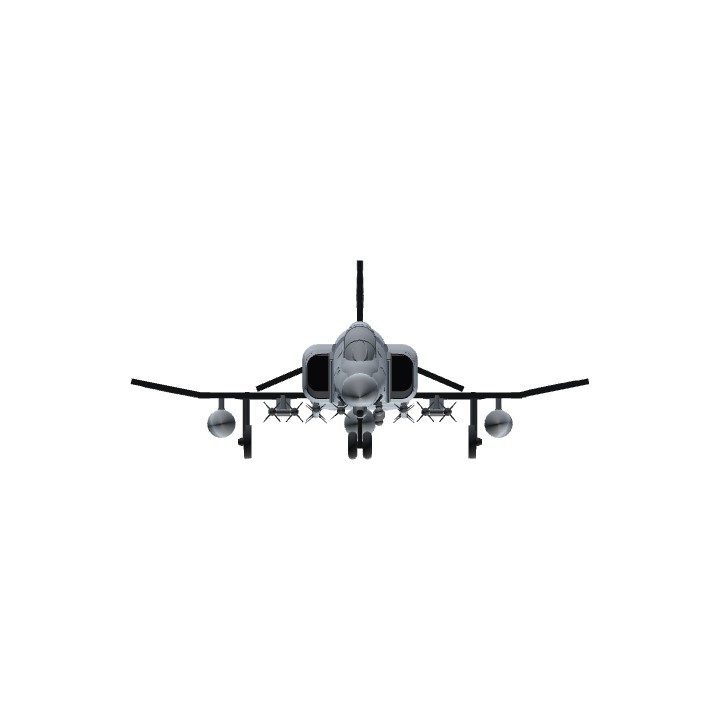
Neat
Oooo
This is really cool!